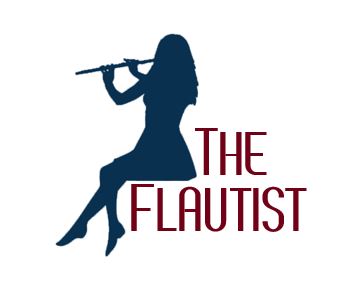Sonata for Flute and Piano – Presto Giocoso
by Francis Poulenc
Sonata for Flute and Piano by Francis Poulenc – Presto Giocoso.
Jean-Pierre,’ said Poulenc: ‘you know you’ve always wanted me to write a sonata for flute and piano? Well, I’m going to,’ he said. ‘And the best thing is that the Americans will pay for it! I’ve been commissioned by the Coolidge Foundation to write a chamber piece in memory of Elizabeth Coolidge. I never knew her, so I think the piece is yours.’
The Flute Sonata is typical of Poulenc, combining elegance, charm, wit, playfulness, sophistication and a spontaneity that characterises his compositions.
Although titled ‘sonata,’none of the three movements is in sonata form. The movements are:
• Allegretto Malincolico
• Cantilena
• Presto Giocoso
I find this Sonata classically elegant, full of charm, wit, sensuous, and playful. The first movement has a lyrical style with mood, colour and thematic swings. The Cantilena is a wonderful melodic expression of love- there is a personal story behind this movement for Poulenc which is worth exploring. The Presto giocoso shocks us out of this into a gusto of thematic contrasts, colours and swings.
This means the performer has to become a great juggler of themes, phrasing, moods and colours, especially in the Giocoso. Phrases feel as though they are thrown up in the air in a lighthearted fashion, caught, answered and the next phrase tossed up in a different manner and so on. Aim for a conversational and story line style.
The flute sonata was written in the winter of 1956-57 on commission from the Elizabeth Sprague Coolidge Foundation at the U.S. Library of Congress. It was first performed at the Scarborough Festival in June 1957, by flautist Jean-Pierre Rampal and Poulenc, and they played it frequently until Poulenc’s death six years later. In 1959, in fact, Poulenc selected the sonata for a 60th birthday concert of his favourite compositions.
The Flute Sonata, like so much else that he wrote, shows sides of his complex personality. The sassy, breathless Presto giocoso is a conversation between the flute itself, the flute and piano with the flautist juggling contrasting thematic material and mood swings at a lively pace.
The danger with this movement is the player flies through it so fast that it becomes a monologue. The same tone, same articulations and same expressive style. They miss the opportunities musically for the thematic treatment it demands from the player. The contrasting material and moods open up incredible space for tone, colour and expression. We have to tell a story and think about our musical line.
Before the recapitulation, the lyrical second theme of the first movement makes a brief reappearance which is a wonderful musical moment for the player to explore time and space in phrasing. In true Poulenc style he recaps with gusto and off we go to a final C# which dramatic to say the least.
Rampal and Poulenc.- None better to listen to than the player it was written for.
Here is a link to bio on Poulenc. This is an overview. It is recommended to listen to his works and read comprehensive material on him and his style. The reason for this is it gives understanding to his personal life and personality which is invaluable when exploring and interpreting his work. Hopefully it will influence interpretation.
Link to a Bio of Francis Poulenc
The Flute Sonata was written at a time when Poulenc was grappling with the death of friends and loved ones and the changing musical landscape in post-World War II France. We can hear the influence by the Parisian cafés, chansons and cabarets. A piece worth listening to is his piano improvisation “Hommage a Edith Piaf”. He frequented the cafes in Paris.
There are also more personal details about him which give insight into how we might approach his pieces – 1957 was not an easy year or time for him to be in.
Member’s section looks at the musical expression and structure in detail for performance.
Flute Players
Join the happy members of The Flautist, to find out how to play this beautifully. To get the sheet music, guide and develop a beautiful tone and expressive style as well as finding the speaking point.
